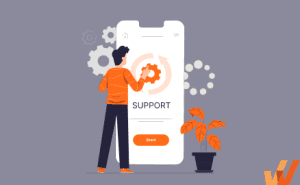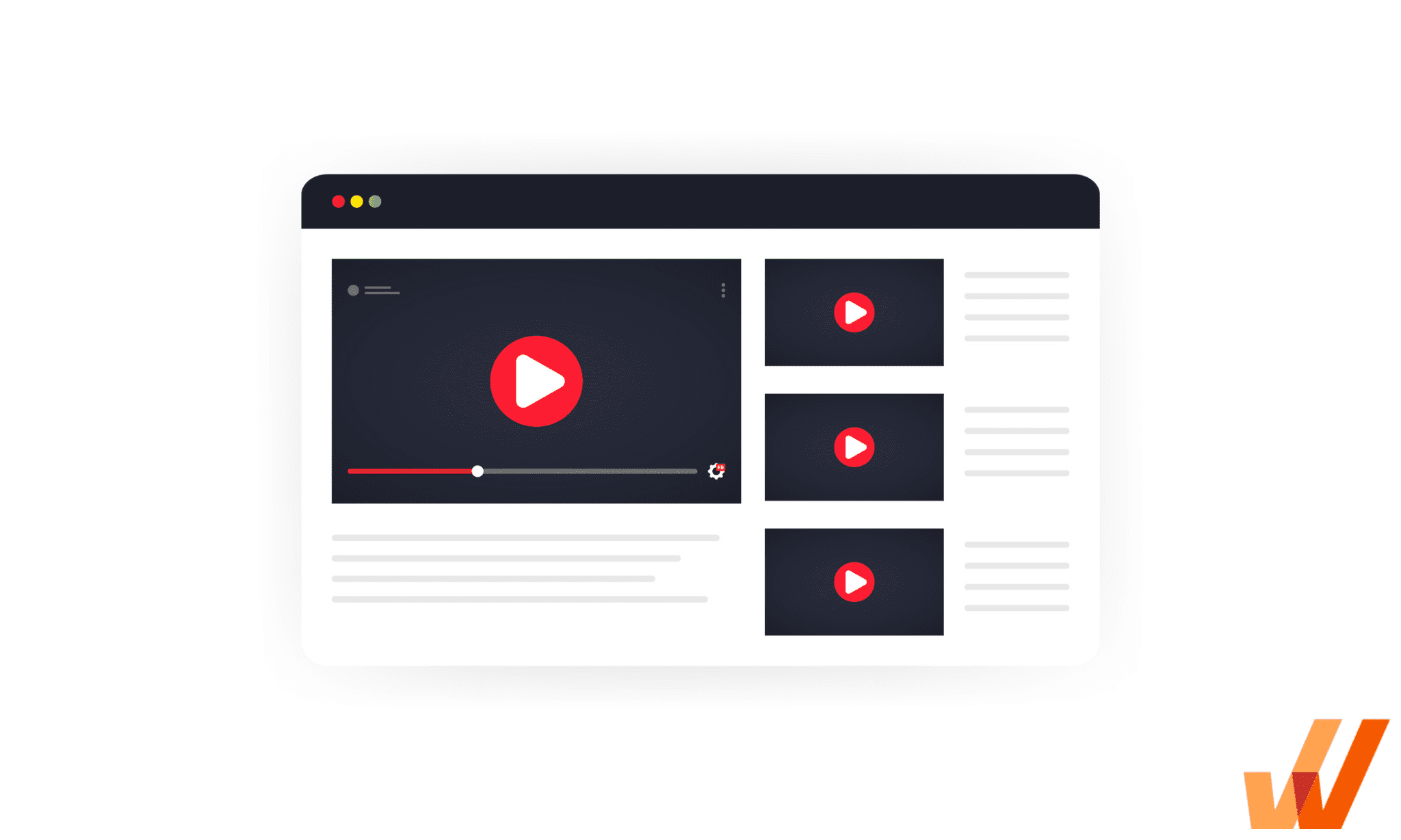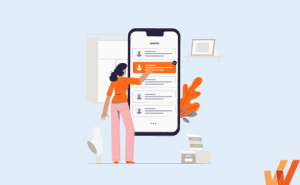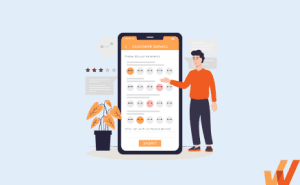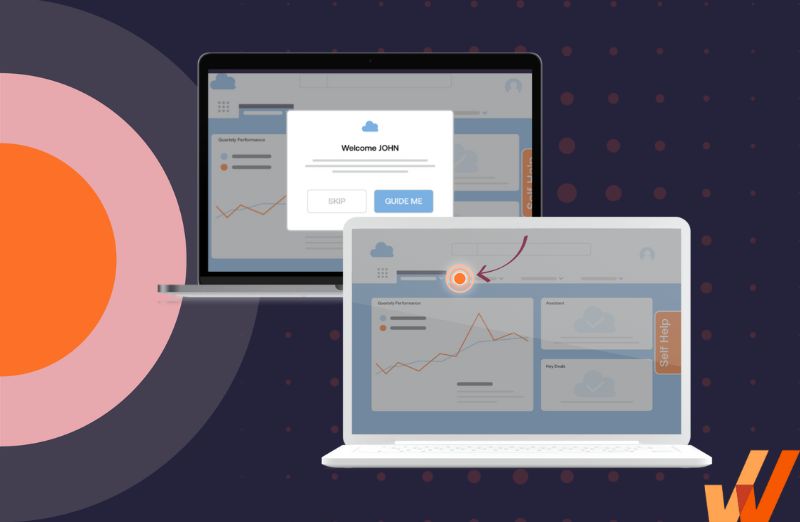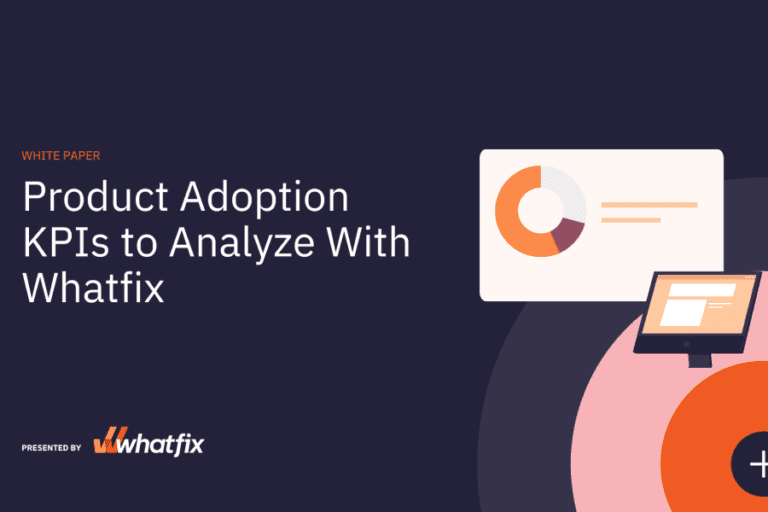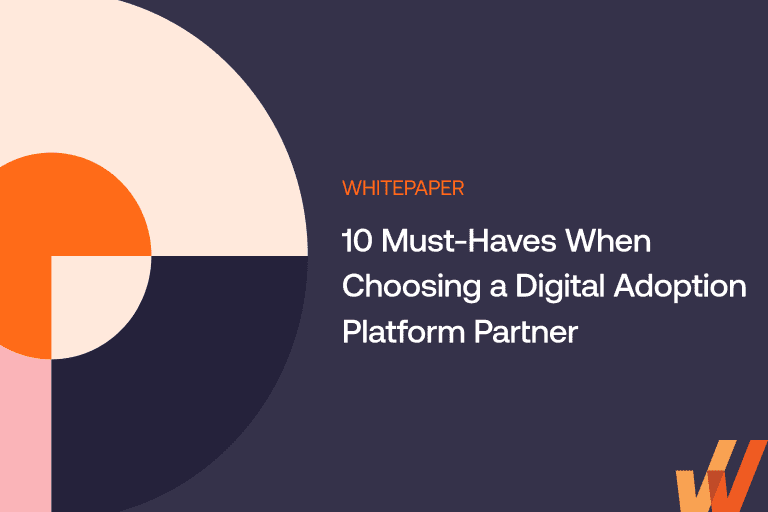
Cut through our content library to find specific topics that help solve your CX and product manager challenges – from product ops, feedback, product analytics, support, technical documentation, UX design, and user onboarding

Editor's picks
Popular guides
Want to take a deeper dive? Check out out popular guides on CX and product ops topics.
Explore CX and product manager categories
Product Ops
Support
Technical Documentation
User Feedback
User Onboarding
Subscribe to the blog
Get a monthly round-up of new content and resources on employee onboarding - and much more!
Explore Whatfix
Software Clicks With Whatfix
Whatfix's digital adoption platform empowers your employees, customers, and end-users with in-app guidance, reinforcement learning, and contextual self-help support to find maximum value from software.


